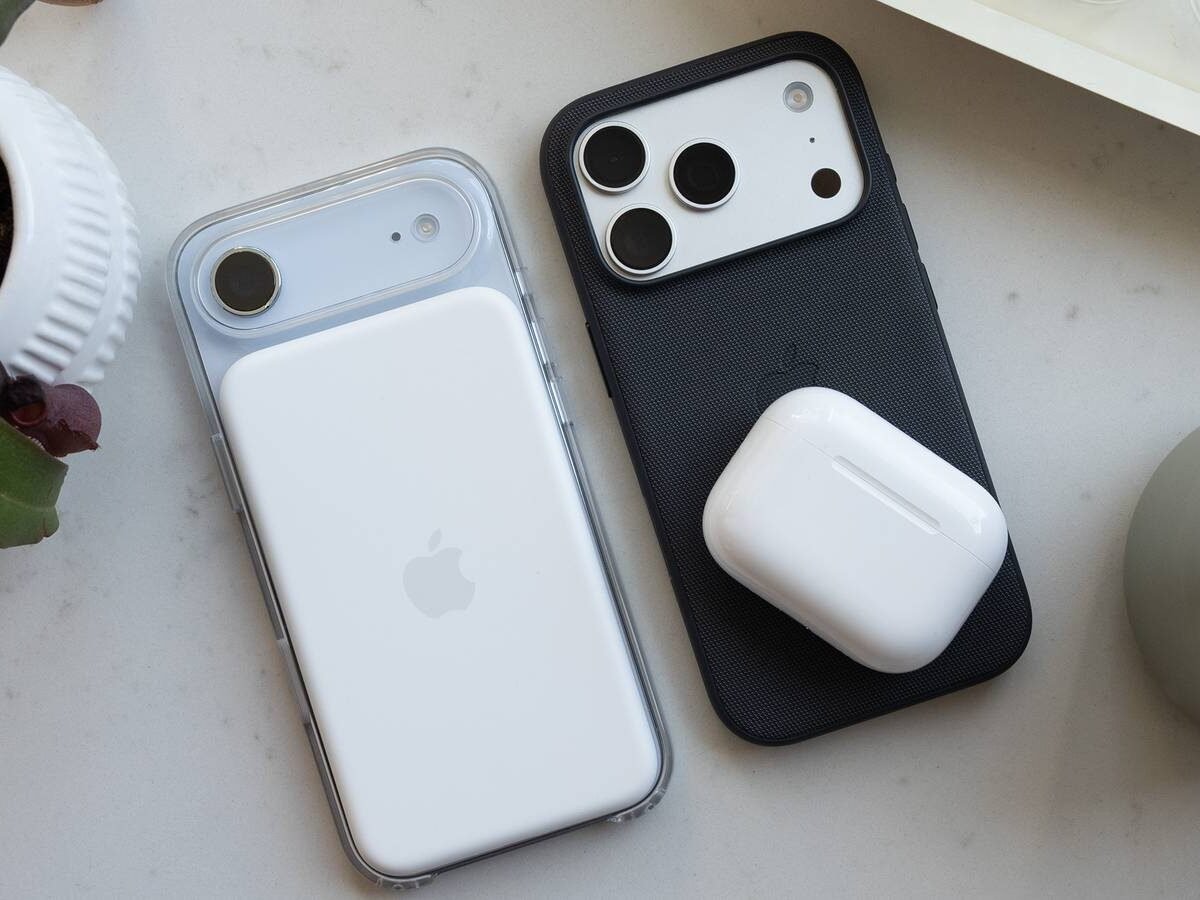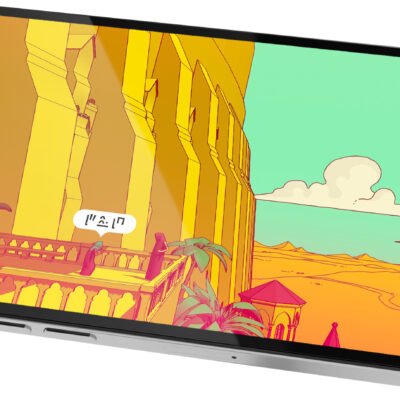If I’m honest, I’ve actually been putting this story off for a while. It’s an obvious topic, but it’s also a landmine, given how quickly people tend to take sides in the iPhone versus Android battle. The fact that some people even think of it as a battle is depressing, really, considering that no one should be deeply invested in things that ultimately exist only to turn a profit. It’s one of the reasons I’m not attached to pro sports, either — I can’t root for players who probably aren’t from my city, and would move to another one in a heartbeat if someone paid them enough.
I do have an opinion on the trajectory of the smartphone market however, particularly in the US. It seems to me that the iPhone is not only dominant in its home turf, but poised to hold that position indefinitely. Unless several factors converge at once, that is.
The momentum problem
A quick look around
The biggest factor in Apple’s favor is the massive difference in marketshare versus even its closest competitor. According to Statcounter data, Apple controlled an estimated 58.42% of the US smartphone market in September 2025. Samsung ranked a distant second at 22.43%, despite wide distribution and huge marketing campaigns, including high-cost press events every year. Companies like Motorola, Nothing, OnePlus, and Google are fighting for Samsung’s scraps, by comparison.
More importantly, this gap never seems to shrink in any meaningful way. You will see exceptions — like October 2024, when Apple dipped to 51.19%, and Google shot up to 14.51% — but things inevitably seem to level off, once again leaving Apple well over the 50% mark. It’s hard to overstate how rare that level of dominance is. You might think of one or two auto companies as “owning” the US, but in 2024, market leader GM managed just 17% of new car sales.
The gist is that there’s a lot of ground for Apple’s competitors to cover, even if they somehow pull all the right moves. And one of the things that makes Android appealing — the freedom to switch phone brands at will — is also undermining it. Every Android brand has its own take, so there are varying levels of quality, and there’s no one device you can point to as “the” iPhone alternative. Google Pixel and Samsung Galaxy S phones are about as close as you get. Casual shoppers may not be aware of all the Android brands out there, only what their carrier or local big-box retailer is selling. Remember that it’s only a minority of us who follow the tech industry closely.
The gist is that there’s a lot of ground for Apple’s competitors to cover, even if they somehow pull all the right moves.
Apple has also made smart strategic use of its profits. Every major city now has at least one Apple Store, and you can’t deny the advantage of having a convenient showcase and support system where most phone buyers live. As of this writing, there are just seven Google Stores in the US, and four Samsung locations. Most Android phones are sold through third parties with varying degrees of support and promotion.
The most savage use of Apple’s money has been building out a hardware and software ecosystem that customers are reluctant to leave. If you’ve got an Apple Watch, that purchase becomes useless the moment you switch to Android. And Apple products that don’t require an iPhone still tend to operate better in tandem with one, such as AirPods, an Apple TV, or a Mac. Many Americans are familiar with iMessage’s social divide — non-Apple users are sometimes treated as poor, or ruining group chats, if only by the shallowest or most immature of people.
Companies like Google and Samsung have tried to replicate this ecosystem, yet at most it seems to be deterring more people from defecting. Switching platforms is an expensive proposition these days. If I were to buy into Android again, I’d probably want to own both a Pixel 10 and a Garmin Venu 4 — that’s nearly $1,600 out the door before worrying about things like my HomePod minis.
What would it take to shift that momentum?
Dreaming the impossible dream
The standard answer is a product with an undeniable advantage that can’t be easily copied. That is, after all, the thing that got the ball rolling for Apple. The first iPhone was radically better than other smartphones at the time, the lack of 3G notwithstanding. Companies that couldn’t adapt have since shrunk to a shadow of their former selves, like Nokia and Motorola, or left the market entirely, as with RIM.
It’s not impossible to imagine a future in which Apple stays (relatively) stagnant while another business moves in for the kill. The iPhone 17feels incremental, and even the first foldable iPhone is likely to be playing catch-up. Meanwhile, the company has been lagging behind in promised AI features. I don’t believe that Android’s Gemini assistant should be the main reason to buy a phone. But the more features Google adds, the wider the gulf becomes. I’d rather talk to Gemini than Siri any day when it comes to getting things done.
With Apple’s monolithic status, a radically innovative product probably won’t be enough. The company has tens of billions of dollars in cash reserves, so were the iPhone to flop one year, it would be able to ride out the storm and return in a year or two with an overhauled design. Only a string of flops would be enough to push the company into a weak position.
Neither Google nor Samsung need the American market as much as Apple does.
To seize substantial ground from Apple, any Android phone maker would also need to establish itself as that natural iPhone alternative I mentioned earlier. That includes not just technical innovation, but a better semblance of the support and extensive ecosystem Apple offers. Google and Samsung could potentially achieve that, and arguably have, in some respects. Neither seems all that interested in building out a wide retail presence, though, much less competing in every device category Apple does.
Perhaps it’s no wonder. Neither Google nor Samsung need the American market as much as Apple does. Google’s main business is advertising, not hardware — it makes money off of iPhone and Android users alike, so much so that it pays Apple billions every year to remain the default search option in Safari. Samsung is dependent on hardware, but it’s the leading smartphone maker worldwide, and has many other businesses to shore it up. These range from display and chip manufacturing to shipbuilding. While it would be a disaster if its phone business imploded, it wouldn’t be a fatal one. For either corporation, small gains here and there may be all they care about.
I’m genuinely curious as to what things will look like a decade from now. My bet is that Apple will still be on top of the phone game, yet we’re entering a major transition period where smartphones themselves might eventually lose out, replaced by advanced AR glasses. Being on top of phones in 2035 could be similar to being on top of MP3 players, and I’ll bet you can’t remember the last time you saw a stranger with an iPod.







